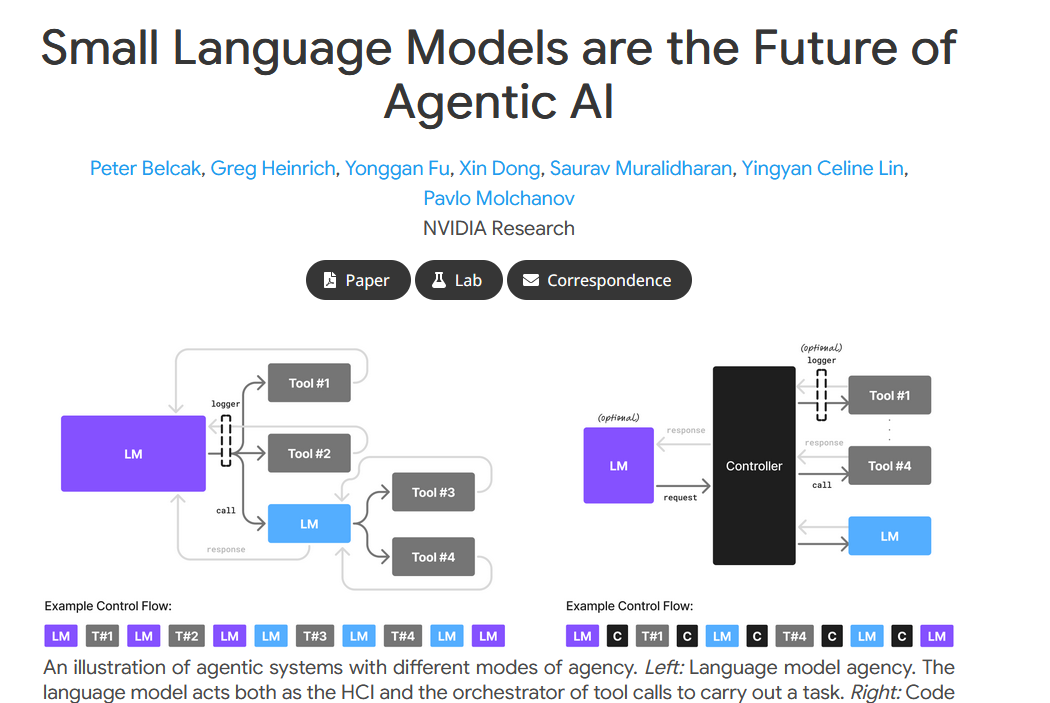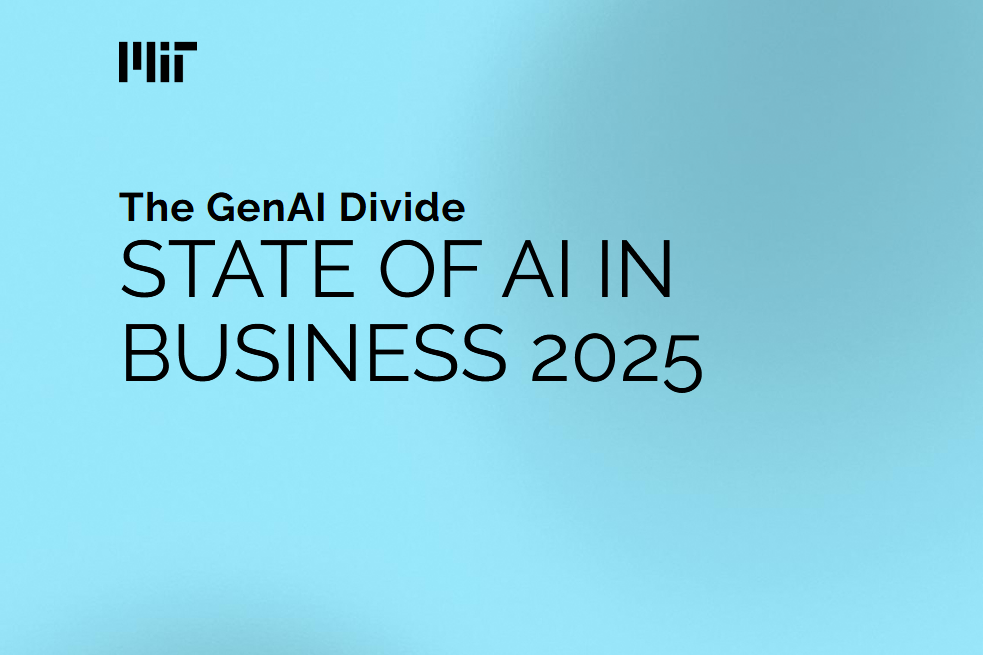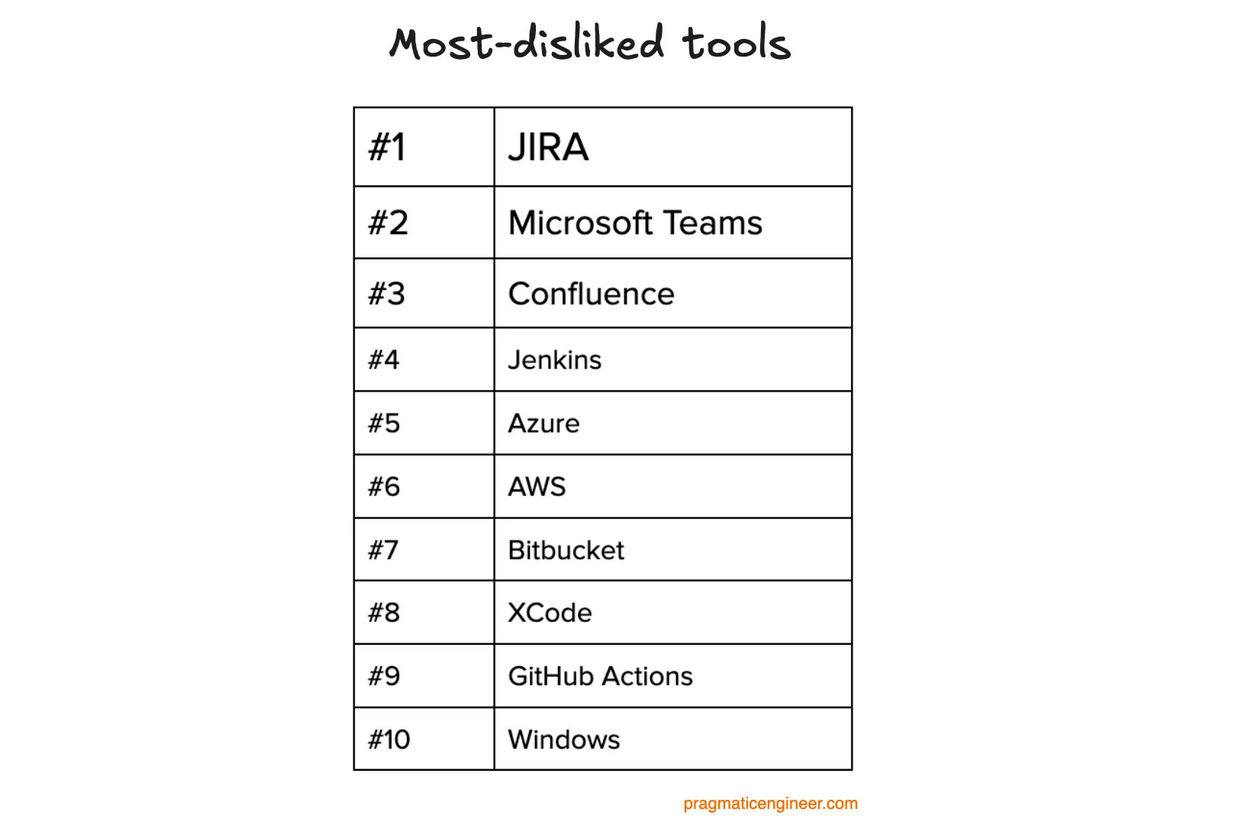From static search to intelligent execution — the 5 pillars of enterprise-ready, process-aware AI
Most enterprise AI today gets stuck in one place: retrieval.
Chatbots that search internal wikis. RAG models pulling the “best” paragraph from a PDF. Assistants that can surface FAQs — but not solve real problems.
The result? Teams are still stuck doing the heavy lifting. AI gives them the info, but they still have to interpret, decide, and act.
And that’s exactly why most AI use cases fail in the field.
The Retrieval Trap: Where Most Enterprise AI Stops
Search is not support.
Chat is not execution.
And retrieval is not resolution.
Yet most AI solutions today stop at retrieval — assuming the user has the time, context, and expertise to take the next steps. In high-stakes, complex environments like technical support, manufacturing, or enterprise operations, this leads to:
-
Slower response times
-
Overburdened experts
-
High context-switching
-
Process bottlenecks
🔍 Even the best RAG models still rely on humans to figure out “what now?”
We need AI that does, not just delivers.
What Real-World AI Should Do: The 5 Pillars of Intelligent Execution
Let’s break down what enterprise-ready, actionable AI should actually look like.
✅ 1. Workflow Execution
AI should trigger tasks, fill forms, initiate workflows, update systems — not just tell humans how to do it.
🛠 Example: A technician requests a diagnostic check. AI runs the script, logs the data, and escalates if needed — all without switching apps.
✅ 2. Knowledge Structuring
Knowledge isn’t just data. It’s process logic, edge cases, decision paths — and it changes daily.
AI should turn scattered inputs (tickets, chats, SOPs) into dynamic, structured workflows that evolve over time.
🛠 Example: A support agent’s Slack messages are converted into a guided resolution tree for future use.
✅ 3. Continuous Learning
Most chatbots are static. But in the real world, processes evolve. Edge cases surface. Workarounds change.
AI must learn from real-world outcomes — not just training data. That includes human overrides, feedback loops, and escalation patterns.
🛠 Example: When an AI resolution fails and a senior engineer fixes it, the system learns and improves for the next case.
✅ 4. Multimodal Interfaces
People don’t work the same way across environments. A mobile technician, a field sales rep, and an internal support agent have different needs.
AI should work across voice, text, forms, and integrations — embedded in tools people already use.
🛠 Example: A technician sends a voice message via Telegram. AI replies with visual troubleshooting steps via Teams.
✅ 5. System Integration
AI isn’t a tool — it’s an enabler.
That means it must be able to work inside enterprise systems (ERP, CRM, ITSM) and not just beside them.
🛠 Example: AI detects a failed step in a service workflow and logs it directly into ServiceNow, without user input.
Why Process-Aware AI Matters Now
The pressure on modern teams is accelerating:
-
Distributed workforces
-
Shrinking expert availability
-
Complex tech stacks
-
Rising service expectations
We’re past the point of asking “Can AI find it?”
The new question is: Can AI act on it, structure it, learn from it, and support my team at scale?
Where Retrieval-Based AI Falls Short
Even the most advanced retrieval systems have critical limitations:
| Limitation | Impact |
|---|---|
| Only surfaces text | Users still have to interpret & act |
| Static results | Can’t adapt to evolving workflows |
| No context from systems | Doesn’t connect to real-time data |
| No action capabilities | Can’t update or trigger tasks |
| No embedded experience | Requires tool-switching and disruption |
TheMcKinsey’s “Superagency” report shows how execution + augmentation are key to ROI from AI.
Stop Searching. Start Solving.
What separates real-world AI from lab demos isn’t just model performance — it’s workflow performance.
And that’s exactly where we’re focused.
At Arti, we’re building AI that:
✅ Structures knowledge automatically
✅ Executes cross-system workflows
✅ Learns from human input and feedback
✅ Embeds in Slack, Teams, Email, Mobile
✅ Supports humans — not just replaces them
Ready to Go Beyond Retrieval?
Want to see how AI that executes actually works?
We’re opening up pilot slots for companies ready to put execution-first AI into practice.
📩 Book a 20-min discovery call here → Link
📚 Or check out our next article: “AI Automation Must Address the Fundamental Complexity Crisis”






